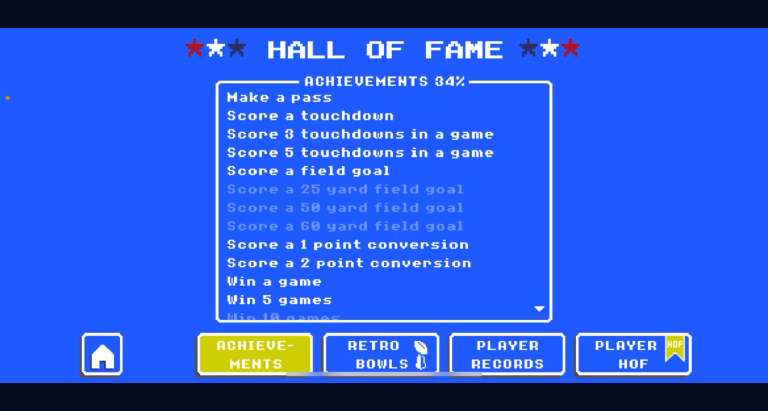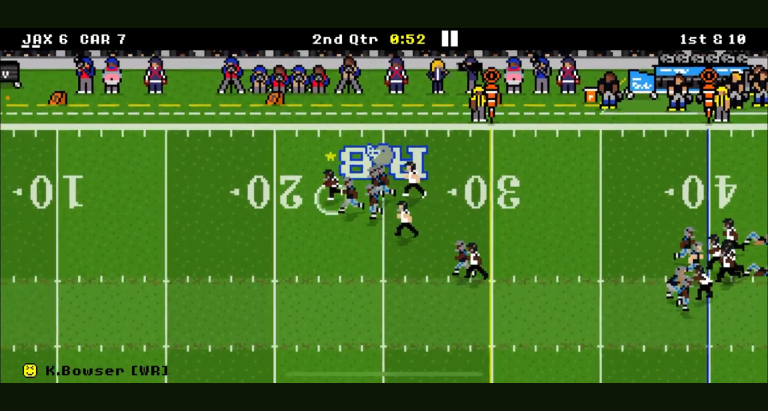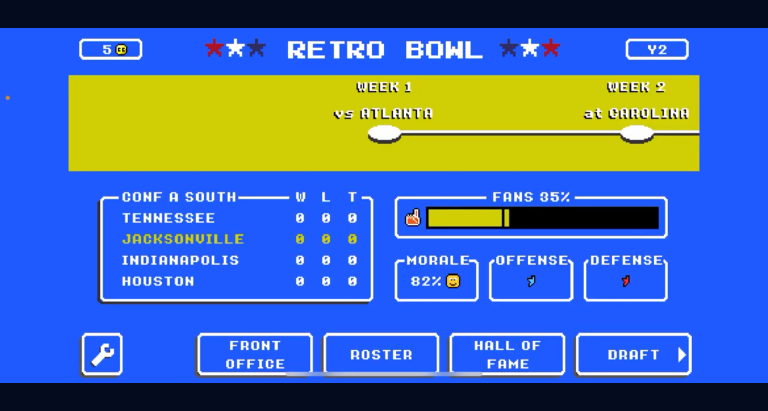Retro Bowl is an engaging football simulation game that challenges players to assume the role of a coach and quarterback, strategizing their plays and making precise throws to guide their team to victory. A crucial aspect of gameplay is mastering various types of throws, especially the bullet throw. Understanding how to do a bullet throw in Retro Bowl can significantly enhance your offensive strategy, leading to more successful passes and scoring opportunities.
What is Retro Bowl?
A brief overview of the game and its mechanics
Retro Bowl offers a nostalgic experience with its retro graphics and straightforward gameplay. Players manage their team, including making roster decisions and play-calling while also controlling the quarterback during offensive drives. Mastery of different throwing techniques is paramount to executing plays efficiently and outmaneuvering opposing defenses.
Importance of mastering different throws in gameplay
Understanding various passes allows players to adapt to diverse in-game situations. The ability to perform a bullet throw can be a game-changer, particularly in fast-paced or high-pressure scenarios where speed and precision matter most.
Significance of the Bullet Throw
Explanation of the bullet throw’s role in strategy
The bullet throw is characterized by its speed and directness, making it suitable for quick releases under pressure. This throw can pierce through defenses and connect with receivers who may not have open space, thus maintaining momentum on offense.
Benefits of using bullet throws in various game situations
When properly executed, bullet throws provide significant advantages, including:
- Increased speed: Quick throws can catch defending players off guard.
- Reduced interception risk: The reduced hang-time makes it hard for defenders to react.
- Effective in tight windows: Valuable for short distances and crucial third-down conversions.
Understanding the Bullet Throw
Definition of a Bullet Throw
A bullet throw is a fast and flat pass, typically executed with the intent to cover distance quickly and accurately. Unlike lob passes, which arc through the air, bullet throws travel in a straighter line, making them ideal in specific situations.
Characteristics of the bullet throw versus other types of throws
Bullet throws differ primarily in three aspects:
- Speed: Bullet throws travel more quickly to the receiver.
- Trajectory: They have a flatter trajectory, reducing time for defenders to react.
- Power: They require more power, making timing and power meter usage critical.
Instances where a bullet throw is advantageous
Bullet throws shine in situations such as fast-break plays, when you need to exploit defensive gaps, or when a receiver is closely guarded. Timing the throw just right can also make a difference in your success rate.
Key Benefits of Using a Bullet Throw
Increased speed and distance of the throw
Bullet throws cover more ground rapidly, providing your team opportunities to advance the ball swiftly, especially when moving downfield against a pressing defense.
Difficulty level for defenders to intercept
With their quick release and direct line, bullet throws become difficult targets for defenders, thus lowering the likelihood of interceptions during pivotal moments of play.
Ideal for tight window passes and long-distance throws
Bullet throws are particularly effective when making key completions through protective coverage. They excel in long-distance arcs, bypassing potential defenders and reaching your receiver faster.
Mechanics of the Bullet Throw
Controls for Performing a Bullet Throw
Each gaming platform has its own control scheme:
- Mobile: Tap the screen and swipe in the desired direction.
- Console: Use the designated buttons to control the quarterback’s motions.
- PC: Utilize the mouse and keyboard shortcuts for precise control.
How to adjust settings for optimal performance
Customize your game settings to fit your play style. Options include sensitivity adjustments for controls and visual settings for better field visibility.
Timing and Angle
Importance of timing your throw
Timing is crucial. Release the ball just before your receiver makes their cut, maximizing the chances of a successful catch without allowing defenders to close in.
Optimal angles to achieve effective bullet throws
Maintain an angle that favors line-of-sight to your target; aim lower for flat throws and slightly higher when dealing with tight coverage to ensure accurate passes.
Power Meter Usage
How to utilize the power meter for a strong throw
The power meter indicates how much force to apply when executing a bullet throw. Keep an eye on it and adjust according to your distance from the receiver.
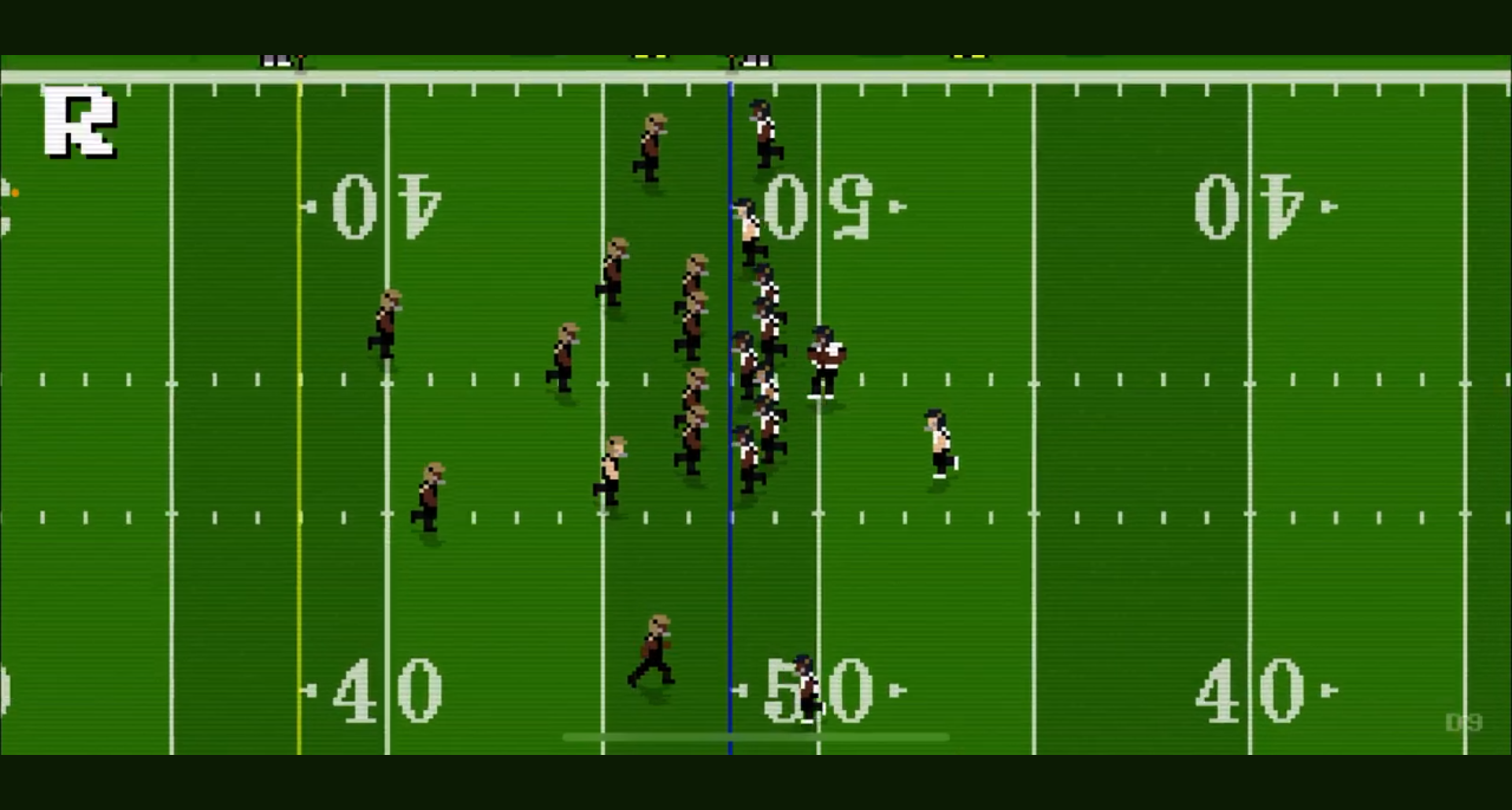
Avoiding over- or under-powering the throw
Overpowering can send the ball off-target, while underpowering can result in turnovers. Practice gauging distances to find the sweet spot for different game scenarios.
Step-by-Step Guide to Execute a Bullet Throw
Preparation Before the Throw
Before making a throw, always scan the field for open targets. Assessing defender positions is vital to determine the best time and angle for your throw.
Step 1: Position the Quarterback Properly
Ensure you have the proper body positioning. A stable base will enhance balance and control during your throw.
Step 2: Timing the Throw
Know when to release the ball for maximum efficiency. Observing your receiver’s movement patterns will aid you here.
Step 3: Adjusting Power
Calculate the distance and adjust the power slider accordingly. For short passes, less power is needed, while longer passes should harness more force.
Step 4: Releasing the Throw
Execute a clean release at the peak of your motion to ensure a smooth and swift throw.
Tips and Tricks for Mastering the Bullet Throw
Practice Drills
In-game drills can tremendously help enhance your throwing skills. Consider using training modes to replicate game scenarios for effective practice.
Reading the Defense
Recognize defensive setups that allow for bullet throws. This involves understanding how defenders shift in response to the quarterback’s movements.
Adapting the strategy based on opponent tendencies
Tailor your strategy according to the opposing team’s play style. Observing their defensive behavior can inform your throwing decisions and timing.
Understanding Receiver Routes
Familiarize yourself with common receiver routes that lend themselves well to bullet throws. Knowing your players’ movements will help you anticipate their positioning.
Common Mistakes to Avoid
Overthrowing or Underthrowing
Recognizing the causes of over- or under-thrown passes is vital. Misjudging distance or power can result in turnovers. Adjust your technique as needed.
Failing to Read the Defense
Misreading defensive setups can lead to missed opportunities or turnovers. Continuously improve your ability to read the defense through practice and experience.
Poor Field Vision
A good quarterback needs exceptional field vision. Work on enhancing your peripheral awareness to gauge potential passing options.
Conclusion
Recap of Key Points
Mastering the bullet throw is essential for successful gameplay in Retro Bowl. Practicing different scenarios and improving your timing and power will significantly enhance your passing effectiveness.
Final Thoughts
Emphasizing the importance of bullet throws in competitive play, I encourage players to experiment with various throws to find their unique style. Good luck on the field!
| Key Factors | Importance | Tips for Success |
|---|---|---|
| Timing | Ensures passes reach receivers accurately | Release just before receiver makes a move |
| Power Meter | Aids in gauging throw strength | Monitor and practice to avoid miscues |
| Receiver Routes | Know patterns to time throws | Study common routes and practice together |
| Field Vision | Recognize open targets and defensive shifts | Enhance peripheral awareness |
Frequently Asked Questions
1. What is a bullet throw in Retro Bowl?
A bullet throw is a fast, straight pass that is highly effective for covering distance quickly and accurately.
2. How do I perform a bullet throw?
Position your quarterback, time your throw accurately, adjust the power meter, and release the throw smoothly.
3. Why is timing important for a bullet throw?
Proper timing ensures the ball reaches the receiver as they are ready to catch, preventing defenders from reacting in time.
4. What mistakes should I avoid when using bullet throws?
Avoid overthrowing or underthrowing by accurately gauging your power application and paying attention to receiver routes.
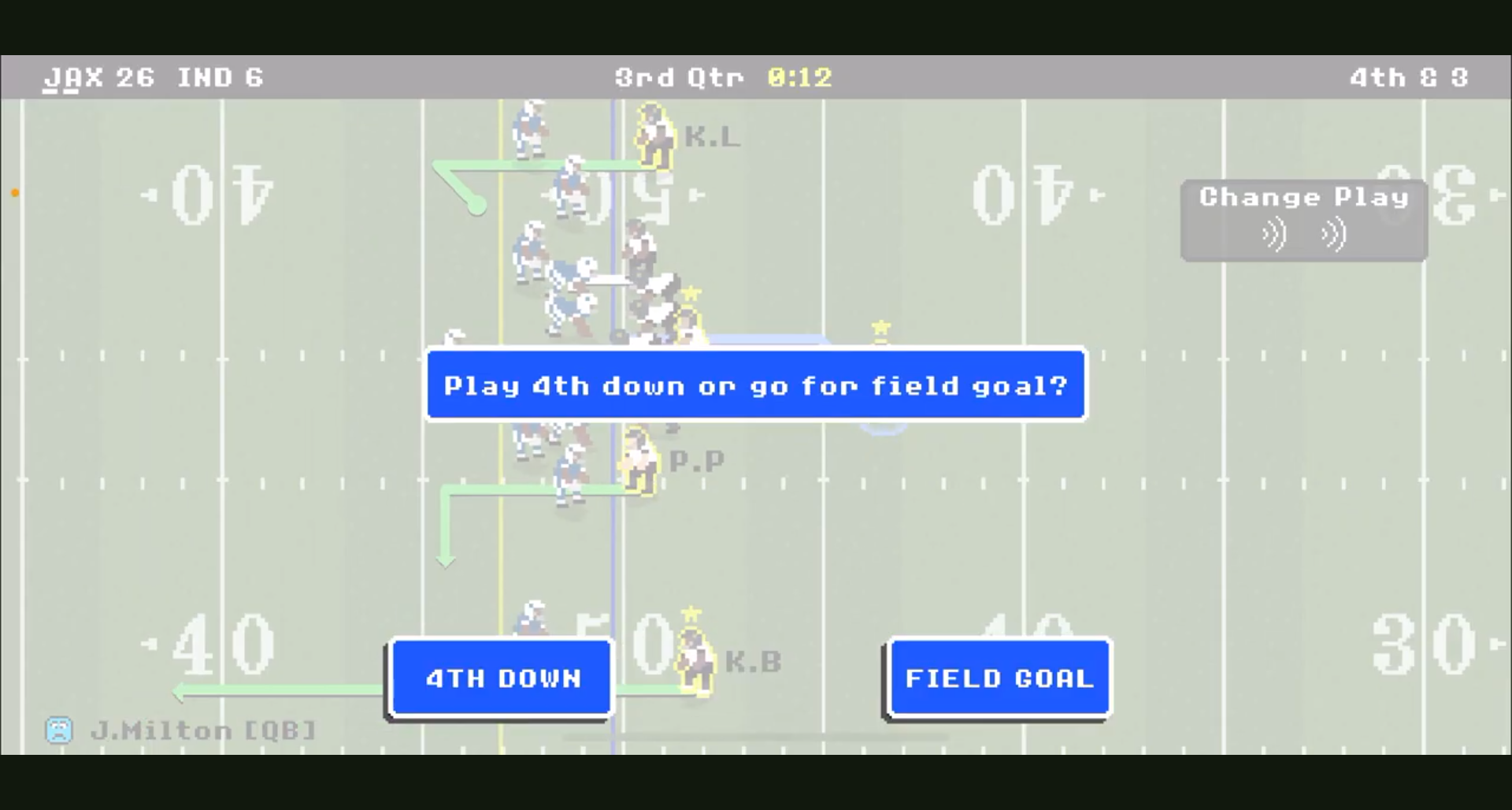
5. Can I use bullet throws for short passes?
Yes, bullet throws can be beneficial for quick, short passes in tight coverage situations.
6. How can I improve my field vision?
Practice scanning the field continuously and try to anticipate defensive setups while playing.
7. Are bullet throws more effective than lob throws?
Bullet throws are generally faster and harder to defend against, making them advantageous in tight situations.
8. How do I adjust the power meter correctly?
Practice in training modes to gain a better sense of how much power to use based on your distance from the receiver.
9. Why is reading the defense crucial?
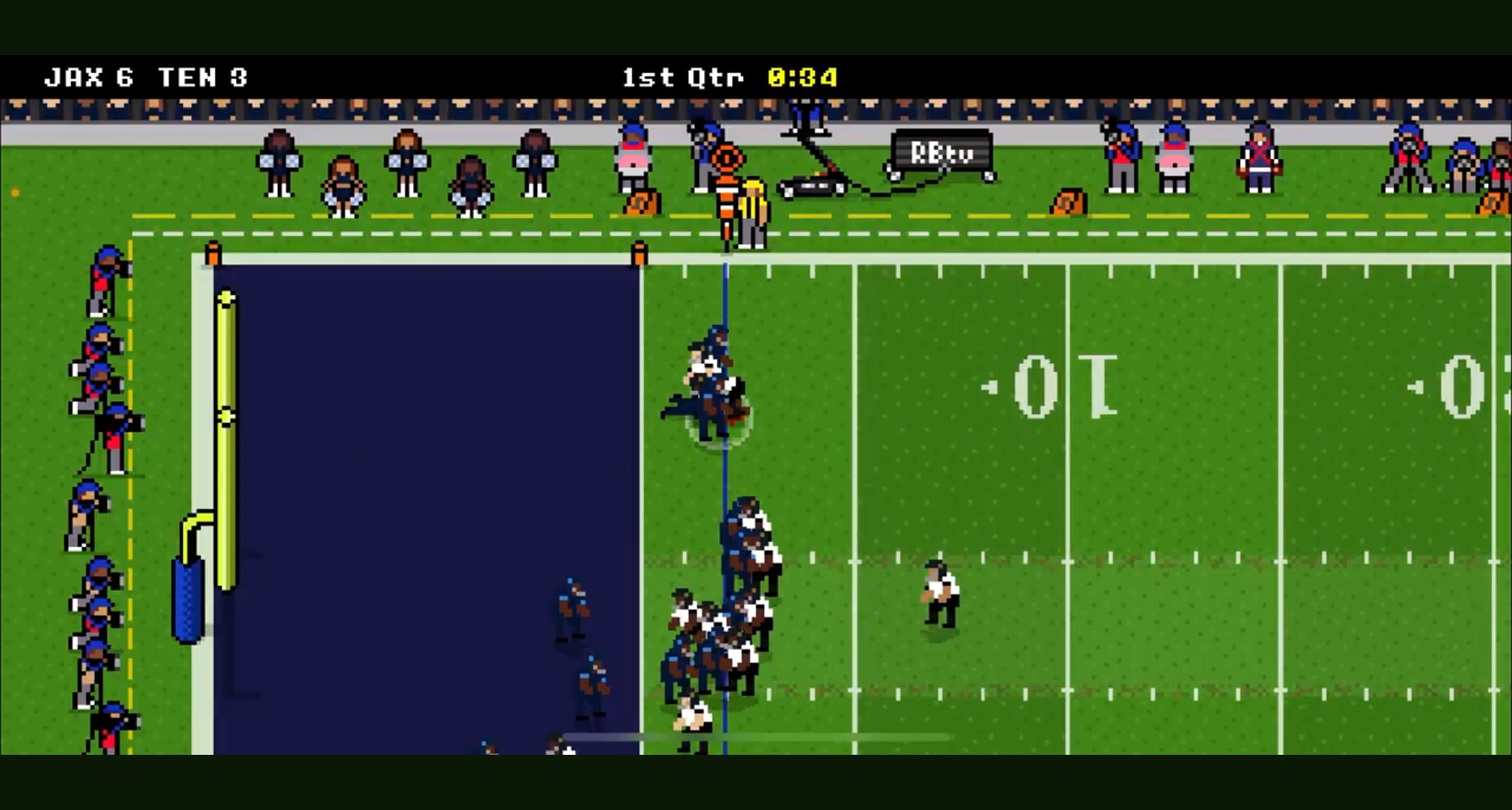
Understanding defensive formations helps you make better throwing decisions and avoid turnovers.
10. How can I practice effectively?
Utilize in-game training modes and drills to work on timing, power, and receiver route recognition.
By focusing on these concepts, you’ll be well on your way to mastering how to do a bullet throw in Retro Bowl and maximizing your play’s effectiveness on the field.
